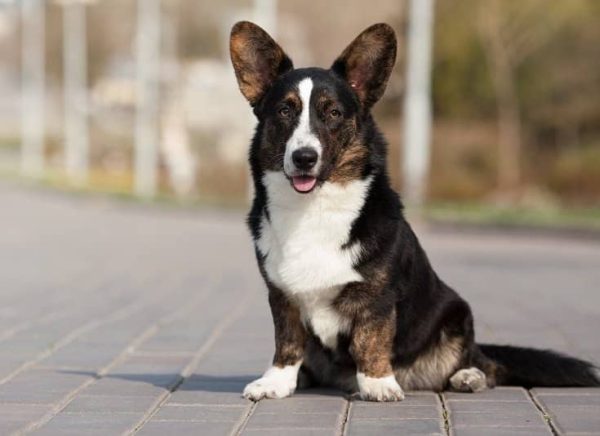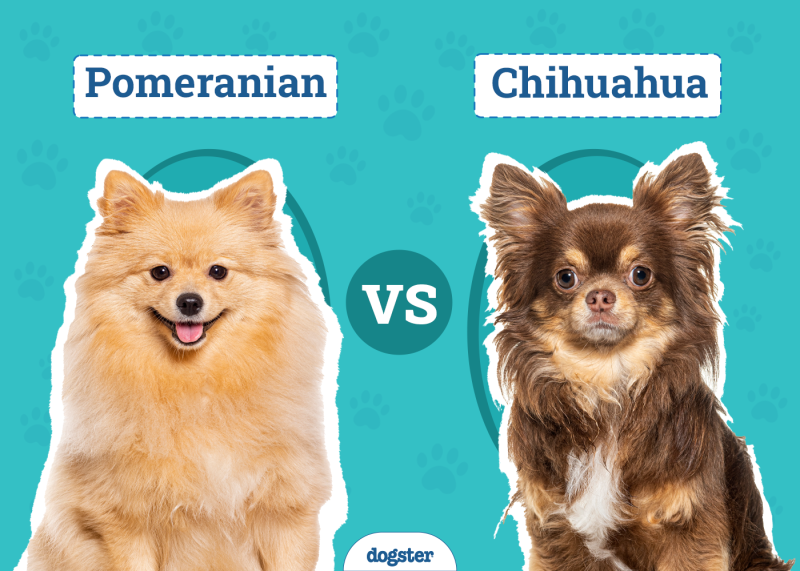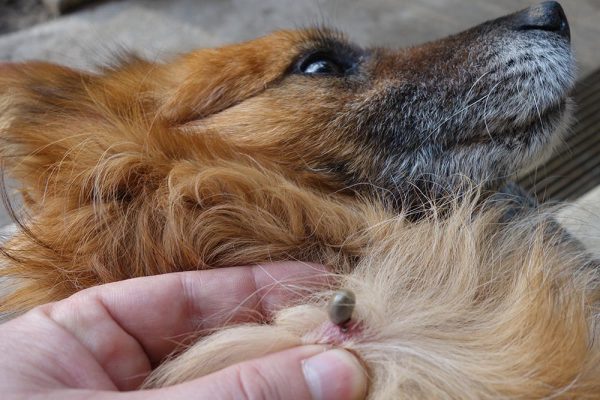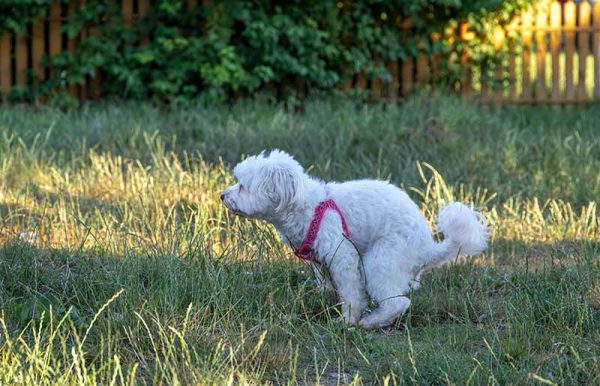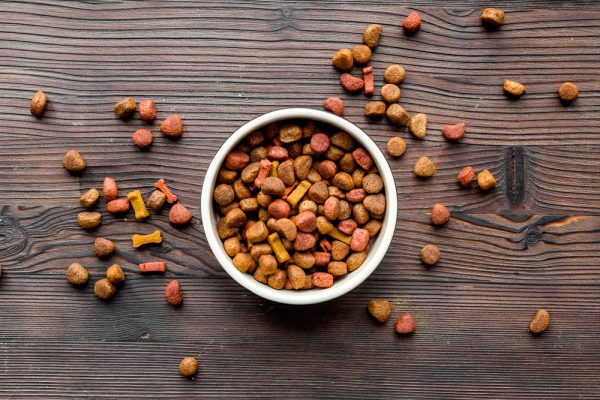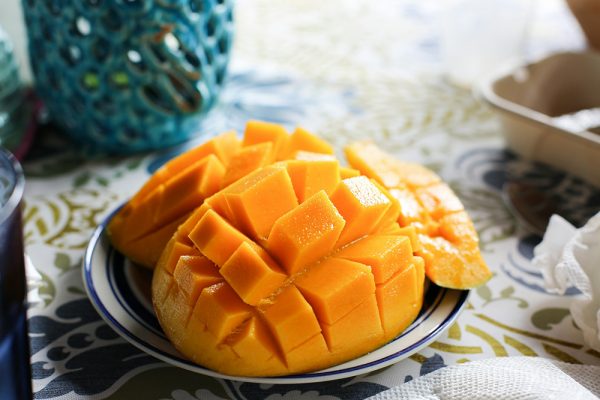In this article
The Anglo-Français de Petite Vénerie is a medium-sized French breed specifically developed for hunting. They’re happiest when they’re part of a pack and put to work hunting small game, though that doesn’t mean they cannot be kept as a family pet. Read on to learn more about these hardworking dogs to determine if one would be a good fit for your needs.
Breed Overview
Height:
19–22 inches
Weight:
35–45 pounds
Lifespan:
11–13 years
Colors:
Tri-color, white and red, white and black
Suitable for:
Hunters, people who live in the country
Temperament:
Hardworking, vocal, intelligent
A highly skilled hunter, the Anglo-Français de Petite Vénerie has a high demand for physical activity and a personality that’s been finely tuned over the years to cater to their hunting skills. These beautiful working dogs crave canine company and are happiest when kept outdoors along with the rest of their pack. It would be virtually impossible to meet the needs of this breed in an urban environment.
Anglo-Français de Petite Vénerie Characteristics

Anglo-Français de Petite Vénerie Puppies
The Anglo-Français de Petite Vénerie is a rare breed not recognized by the American Kennel Club. In France, their origin country, this breed is kept primarily for use as a hunting dog and not as a pet or show dog. Finding a puppy outside of France would be extremely difficult.

Temperament & Intelligence of the Anglo-Français de Petite Vénerie
The Anglo-Français de Petite Vénerie is a working dog in every sense of the word. They were purposely bred to hunt, so their temperament is that of a hunting dog. They aren’t often kept as pets but instead are kept in shelters outdoors alongside the rest of their pack. That’s not to say that they cannot be kept as pets, but they are better suited to living with their canine pack members than humans.
This breed is known for their high energy and free spirit. They can make obedient pets, though they may be a bit reserved. They are courageous and tenacious when hunting and err on the calm and docile side when they are home. They’re generally non-aggressive since they’ve been bred to work closely with other hunters, including strange and familiar dogs.
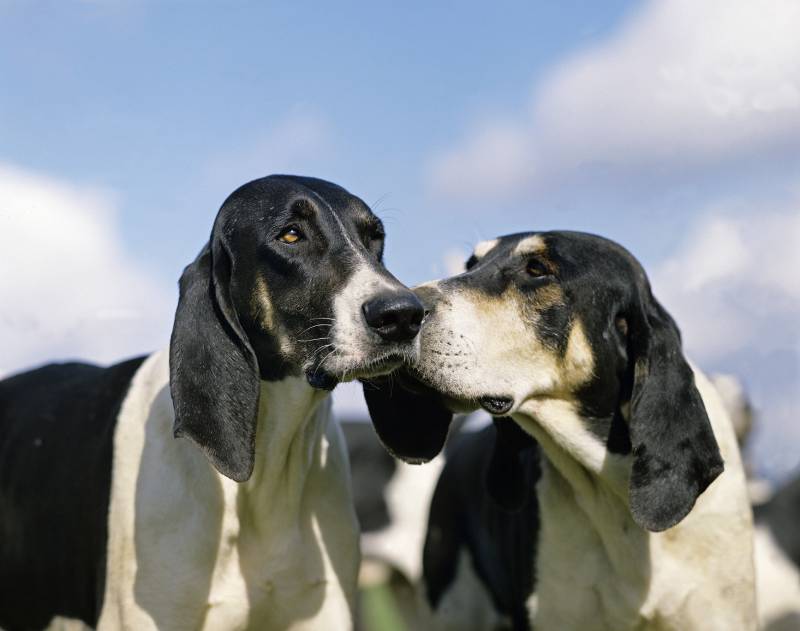
Are These Dogs Good for Families? 👪
This breed can be a good fit for some families, but they definitely aren’t suitable for all. Since these are highly active hunting dogs, they’re generally not ideal for city or apartment life. They’re also vocal and loud, which is a good trait for hunting dogs, as it enables owners to keep tabs on their pets, but it’s not a great attribute for people living in cities. The Anglo-Français de Petite Vénerie is happiest in homes in the country with other hounds, where they can feel as if they are part of a pack.
They’re generally gentle and sweet with children but do have a stubborn streak that can make living alongside them challenging at times.
Does This Breed Get Along With Other Pets? 🐶 😽
The Anglo-Français de Petite Vénerie can absolutely get along great with other dogs. As previously mentioned, they have traditionally been brought up alongside dogs that they consider to be members of their pack.
However, due to their strong hunting instincts, this is not a dog you’d want to have in a home with smaller animals like cats, birds, or rodents. Their strong desire to chase and hunt will make living harmoniously with non-dog animals a nightmare for their owners and the smaller animals in question.

Things to Know When Owning an Anglo-Français de Petite Vénerie
Food & Diet Requirements 🦴
Seeing as how the Anglo-Français de Petite Vénerie is a born and bred hunting dog, owners must provide a specialized diet to ensure that their pets can remain strong and healthy to do their job. Hunting can be exhausting, so nutritionally dense and balanced food is a must. A good balance of fat as a concentrated energy source and protein to support muscle development and repair wear and tear from high-activity days in the field is required to fuel their rigorous lifestyle.
Owners may wish to speak to their dog’s veterinarian to talk about supporting their dog’s joint and bone health with supplements.
Exercise 🐕
Daily exercise is a non-negotiable with a hunting breed like the Anglo-Français de Petite Vénerie. A minimum of 1 hour’s worth of concentrated exercise should be expected daily, though some individuals will need more. These pups will get a satisfying amount of activity from tagging along on hunts, though if you don’t plan on hunting with your dog, taking them for swims and runs will be a suitable substitute.
Training 🎾
These dogs are born hunters, so they don’t require much in the way of training when it comes to scenting, tracking, and hunting. However, they can be one-track-minded, so training them on other cues and tasks and socializing them may take a more concerted effort. They can be stubborn and independent, so it’s best to have some degree of experience with dog training if you plan to adopt an Anglo-Français de Petite Vénerie. They are easily distracted by scents and may find focusing on anything else difficult. Teaching the “recall” command can be particularly challenging to train.
Grooming ✂️
The Anglo-Français de Petite Vénerie’s coat is short and dense, so weekly brushing is sufficient to keep it looking its best. Some individuals may shed more than others and will require more frequent brushings. Take the excessive shedders outside for their brushings to keep your home as hair-free as possible.
Their floppy ears require a little more care than those of other breeds, as they can trap moisture and easily develop ear infections. Owners must dry the ears thoroughly after water exposure to prevent chronic infections.
Health and Conditions🏥
The Anglo-Français de Petite Vénerie is a relatively healthy breed. Since they’re rare, there aren’t many reported health conditions of note. Whether this is because they’ve been bred for purpose (hunting) versus aesthetics is unclear.
This breed’s floppy ears may make them prone to developing ear infections without proper care. Hip and elbow dysplasia are genetic orthopedic conditions. Since this breed relies heavily on their mobility to perform the jobs they were bred to do, it is important to monitor them for signs of these conditions.
- Chronic ear infections
- Eye conditions
- Hip and elbow dysplasia
Male vs. Female
The biggest difference between the male and female Anglo-Français de Petite Vénerie is their size. Both sexes will be muscular and fit, weighing anywhere between 30 and 45 pounds. Males tend to be taller. They can grow to be anywhere between 19 and 22 inches, while their female counterparts are a smidge shorter, at 18 to 21 inches.

3 Little-Known Facts About the Anglo-Français de Petite Vénerie
1. The Anglo-Français de Petite Vénerie was developed hundreds of years ago.
While the exact details of this breed’s origin are unclear, they are thought to have initially been developed during the 16th century by crossing French scent hounds with English foxhounds. The breed became highly prized as a pack hound during the 19th century, when they were used to hunt deer, fox, and wild boar.
2. The “petite” portion of the breed name does not refer to the dog’s size.
Despite what the breed title would have you believe, this is not a “petite” or small breed. The Anglo-Français de Petite Vénerie is considered a medium breed. The “petite” portion of the name comes from the fact that these pups are used to hunt small game.
3. The Anglo-Français de Petite Vénerie is a vocal breed.
The Anglo-Français de Petite Vénerie has the trademark hound “bay” noise, which seriously limits where they can live, as most neighbors do not take well to incessant vocalizations.

Final Thoughts
The Anglo-Français de Petite Vénerie is a hardworking hunting breed that typically gets along well with other dogs. Their high prey drive makes them unsuitable for homes with other small animals, however.
Although they’ve traditionally been kept as hunting dogs and not family pets, that doesn’t mean the Anglo-Français de Petite Vénerie cannot fit into family life. They can be gentle and sweet with children, though they should not be forced to live in an apartment or city. They are best suited for farm life, living in kennels alongside their pack in a place where there’s plenty of space to exercise and run off steam.
Featured Image Credit: slowmotiongli, Shutterstock



